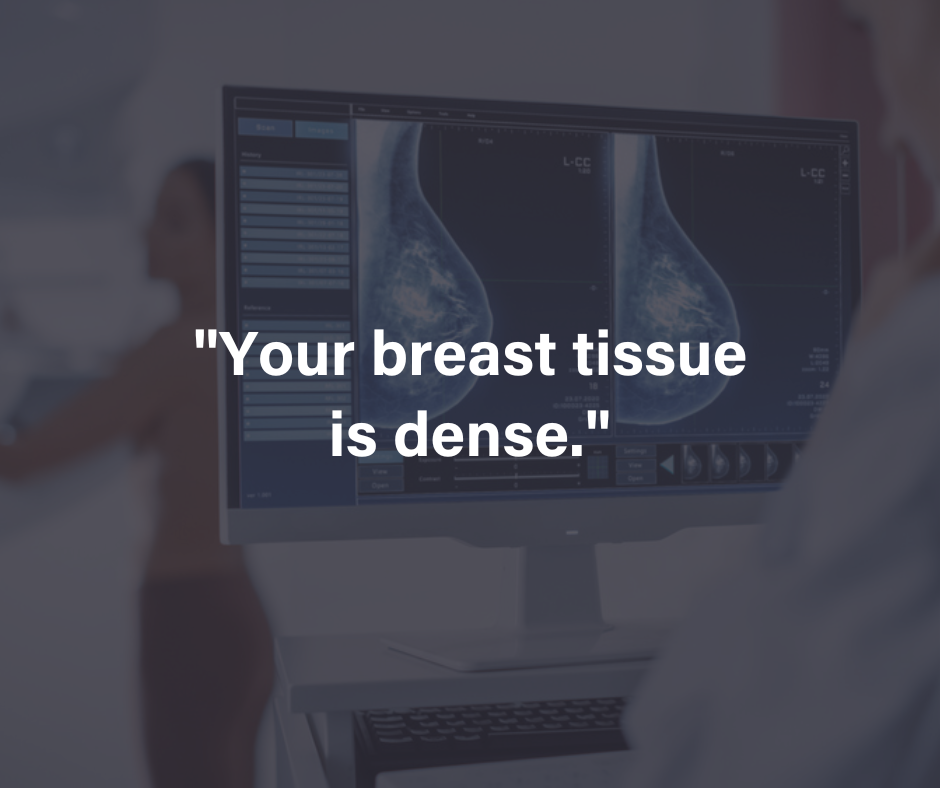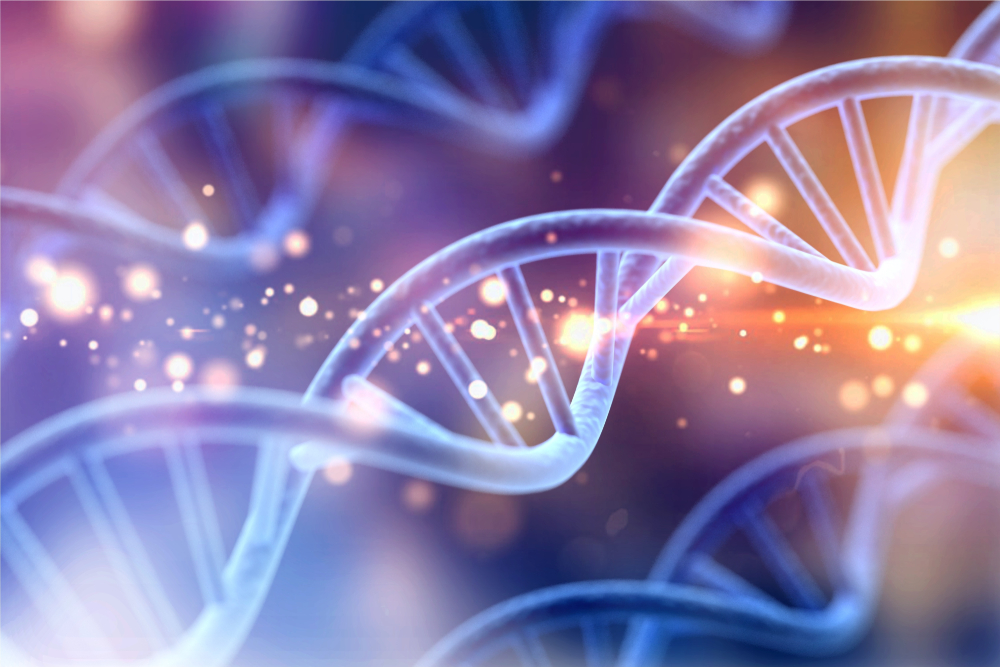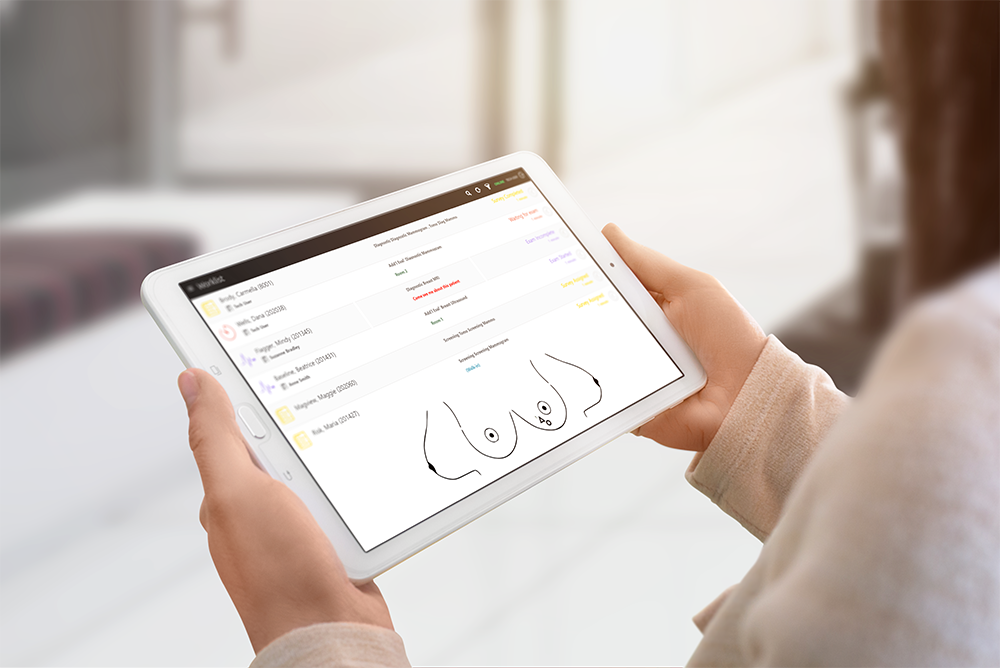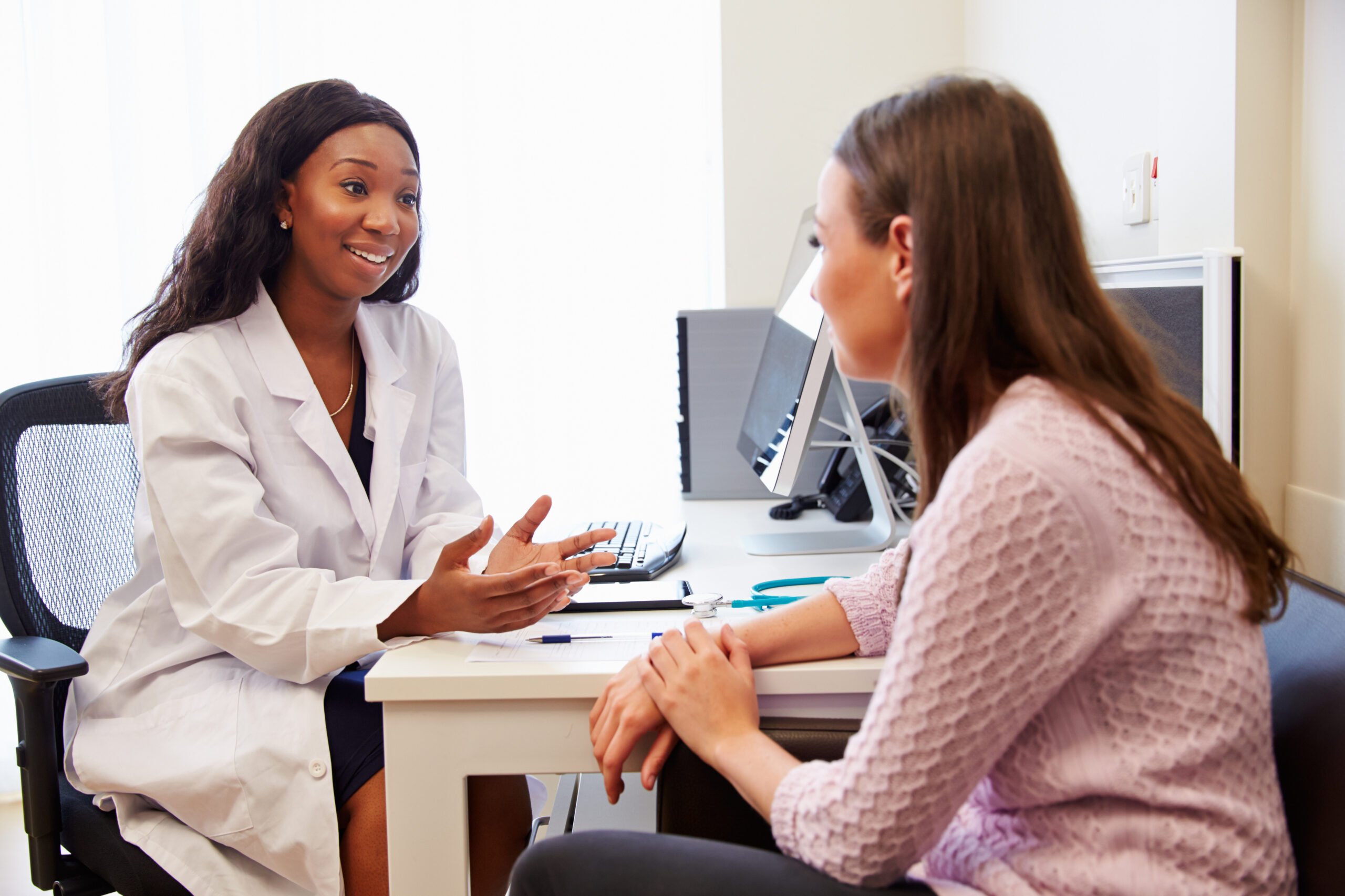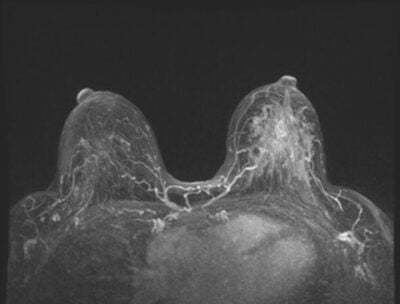Approximately 1 in 10 American women have endometriosis, but very little is known about this condition, making it difficult to diagnose and treat. Endometriosis occurs when the type of tissue that normally lines the uterus grows outside the uterus, causing pain and many health complications. There are 4 main types of endometriosis:
- Superficial peritoneal endometriosis is the least severe form of endometriosis, occurring when endometrial tissue attaches to the membrane that lines your abdomen and pelvis
- Endometriomas are dark cysts filled with fluid that most commonly occur in ovaries but can appear in different areas of the pelvis or abdomen as well
- Abdominal wall endometriosis is when endometrial tissue grows on the abdomen wall, sometimes attaching itself to a surgical incision like a c-section
- Deeply infiltrating endometriosis (DIE) can occur in your ovaries, rectum, bladder, or bowels and in rare cases can result in a frozen pelvis, when organics become bonded and frozen in place by endometrial tissue
Common Endometriosis Symptoms
Because endometriosis is not well-known or understood, it can be hard to link symptoms to the condition. Some women show no symptoms at all, especially during the beginning stages. Among women who experience endometriosis symptoms, these are the most common:
- Pelvic Pain and Discomfort
- Bleeding in between periods
- Painful Menstruation (Dysmenorrhea)
- Painful Intercourse (Dyspareunia)
- Heavy Menstrual Bleeding
- Chronic Fatigue and Weakness
- Gastrointestinal Symptoms
- Urinary Symptoms
- Infertility and Fertility Issues
Emotional and Psychological Effects Of Endometriosis
As a confusing and painful condition, endometriosis also has psychological and emotional effects on women who suffer from it. Becoming educated about endometriosis and building a strong support network may help with:
- Strained relationships due to discomfort and pain during intercourse
- Difficulty handling work and home responsibilities due to stress and pain
- Pain during sex, and any resulting strain in the relationship
- Anxiety and hopelessness
- Guilt about infertility and other effects of endometriosis
Less Common Endometriosis Symptoms
Some of the less common symptoms of endometriosis cause misdiagnosis . These include:
- Bladder problems such as painful urination, strong urge to urinate, or cramping in the bladder
- Gastrointestinal issues like bloating, diarrhea, constipation, nausea, and vomiting during your period
- Back pain that originates in the pelvis and may travel down the legs
- Headaches
- Chest or shoulder pain or trouble breathing if endometriosis is in the diaphragm
Causes Of Endometriosis
There is no proven cause of endometriosis, but research has resulted in many different theories:
- Retrograde menstruation causes menstrual blood to flows back out the fallopian tubes into the
- abdominal cavity instead of through the vagina
- Hormonal changes in the body can sometimes transform the cells outside the uterus to produce cells and tissues similar to those inside the uterus
- Surgery may cause endometrial cells to spread
- Immune deficiency may cause endometrial cells to be transported out of the uterus through the lymphatic system.
- The Mullerian Theory, or ‘uterovaginal embryogenesis, believes that as an unborn fetus develops, cell tissue meant to respond to puberty hormones gets misplaced.
- genetics
- environmental toxins
Getting An Endometriosis Diagnosis
Because so many of the symptoms of endometriosis are similar to other diseases and conditions, it may take a long time for someone to get an accurate diagnosis. If you or your doctor suspect you have endometriosis, your doctor might use these methods for an official diagnosis:
- A surrey called laparoscopy, where a camera is inserted through the abdomen and samples are taken of any abnormalities and lesions the doctor finds to determine if they are endometriosis
- Pelvic exam to feel for cysts and tissues
- Vaginal or abdominal ultrasound of reproductive organs.to identify if there are any cysts on those organs that may be the result of endometriosis.
- Magnetic resonance imaging (MRI) of reproductive organs and look for cysts or lesions.
- Prescription of birth control pills or medicine that lowers hormone levels in the body to determine if endometrial tissue responds
- Review of medical records and family history
Treating Endometriosis
- Treatment of endometriosis depends on the stage and severity of the condition. The most common treatments for endometriosis include:
- Ibuprofen
- Non-steroidal anti-inflammatory medicine
- Surgery to remove some of the built-up endometrial tissue and scar tissue on the ovaries and uterus, and help with infertility
- Supplemental hormones (including birth control) prescribed by a doctor can aid in relieving pain from endometriosis and slow down its progression in the body.
- Gonadotropin releasing hormone (GnRH) and danazol are medications that create an artificial menopause by blocking the production of estrogen, which helps cut down on the creation of endometrial tissue in the female body.
- This is another type of medicine that stops menstruation in order to reduce endometriosis symptoms. Its side effects include acne and abnormal hair growth on the face and body.
- Surgical removal of the uterus, cervix, and ovaries (hysterectomy) is used in very extreme cases to remove all lesions, but will also result in infertility
Endometriosis And Infertility
Many women with endometriosis become pregnant, but infertility is definitely a concern due to the nature of the disease. Endometriosis may create so much inflammation that the ovary, egg, fallopian tubes, uterus, or a combination of these organs can’t carry out its reproductive functioning.Endometrial tissue may also distort the fallopian tubes and shape of the reproductive organs and may causes the immune system to attack the embryo.
If you have been diagnosed with endometriosis or if you think you exhibit the symptoms and you are trying to get pregnant then speak to your doctor right away about treatment options. If you’re interested in MagView and Mammogram technology, please contact us here.




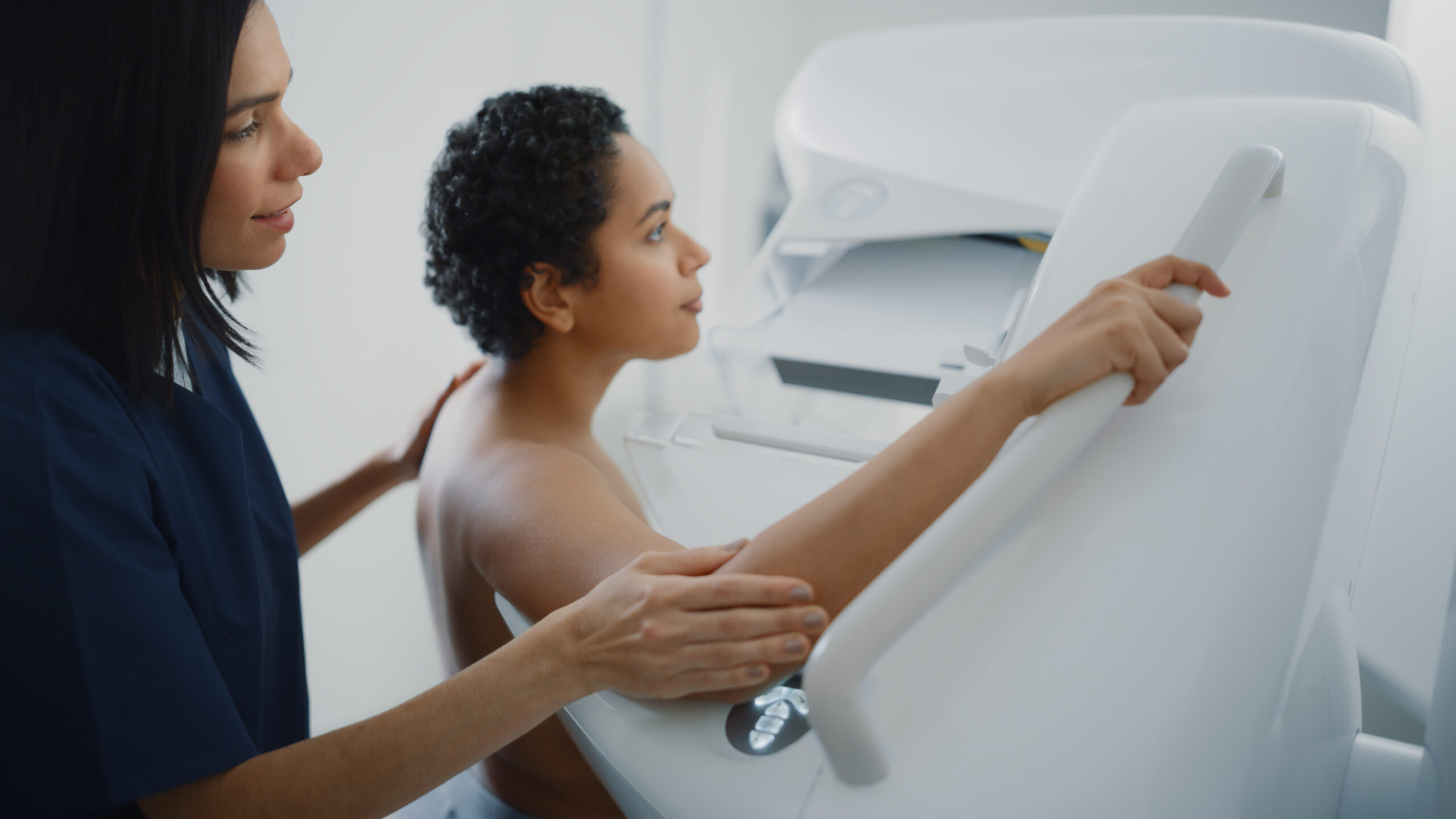
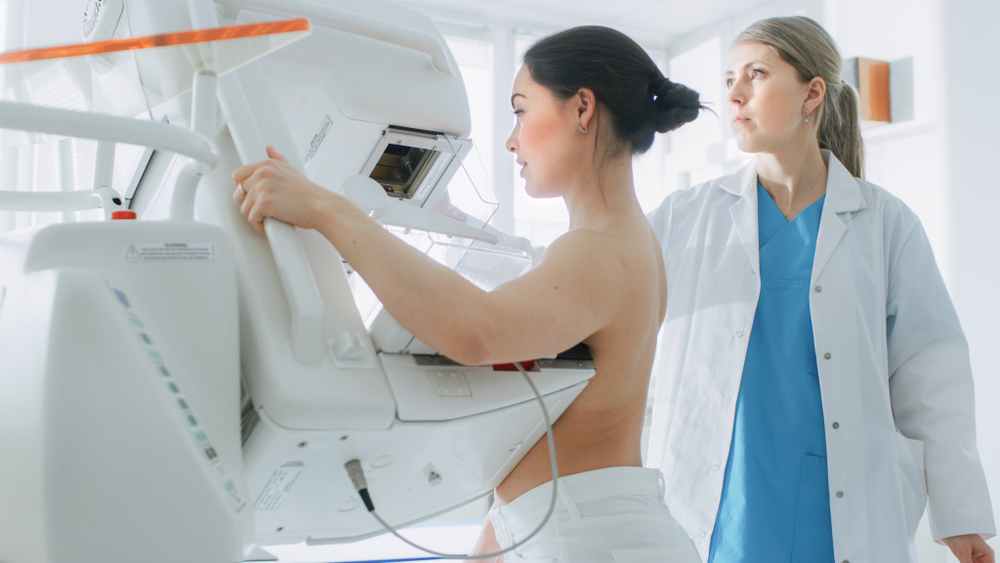
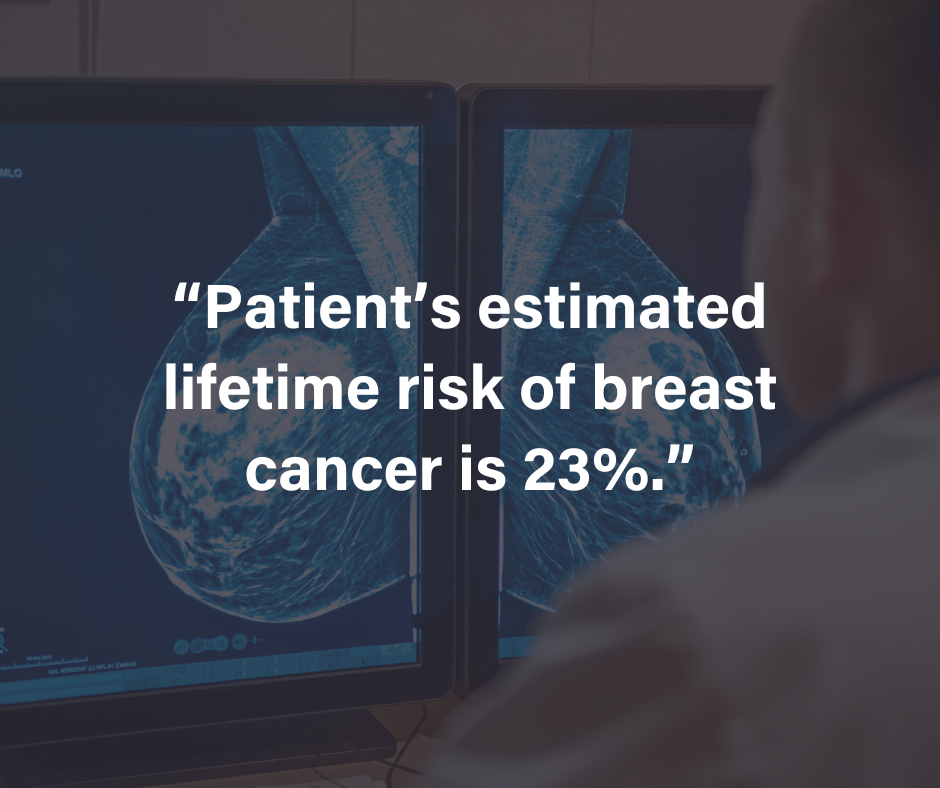





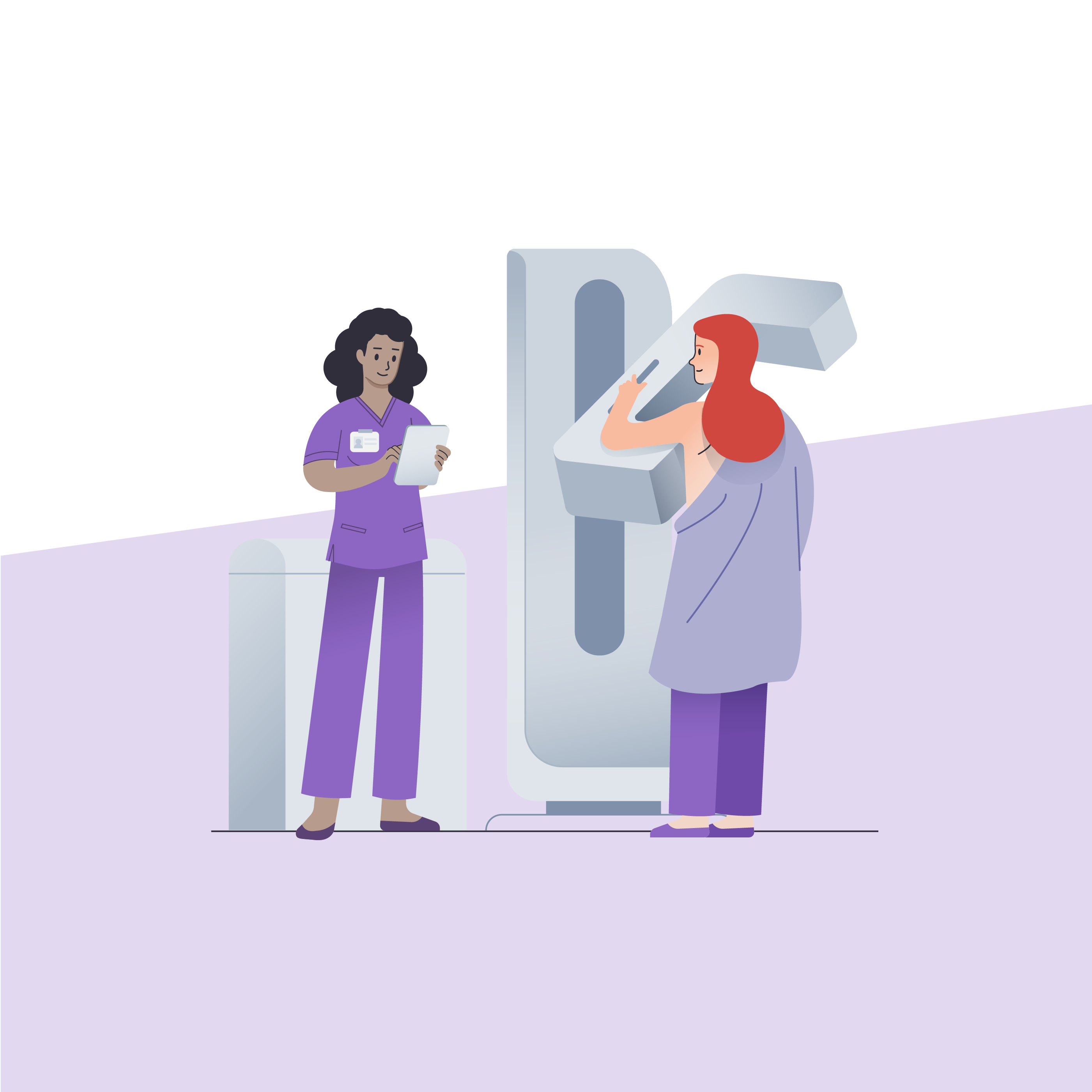

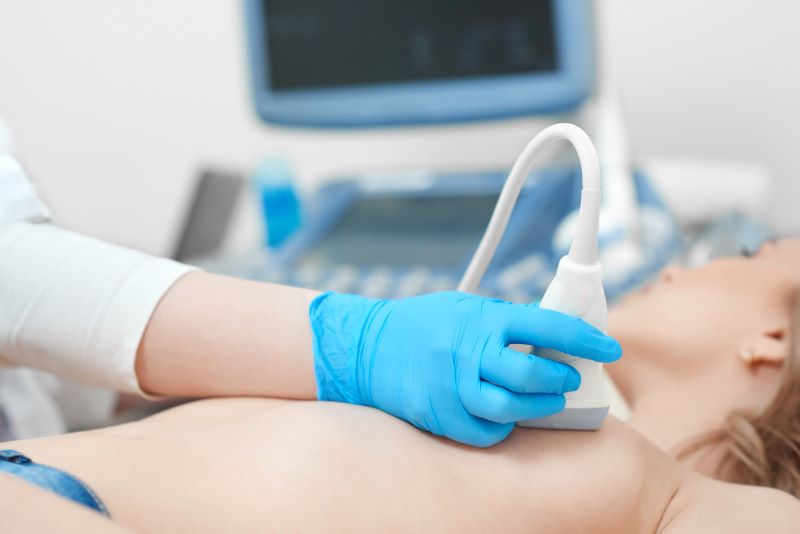
![monitoring breast density shutterstock_1299510538-[Converted]](https://magview.com/wp-content/uploads/2023/05/shutterstock_1299510538-Converted.jpg)

